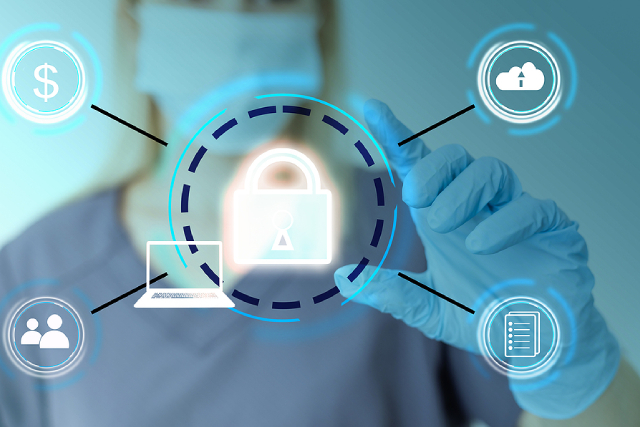- hello@group8.co
- 12 Marina View, Singapore

The healthcare industry in Singapore stands at the forefront of technological advancement, delivering world-class medical care and cutting-edge health solutions. As the country continues to embrace digital transformation, its healthcare sector integrates more sophisticated technology and digital infrastructure to enhance patient care, streamline operations, and improve overall healthcare outcomes. This rapid digital adoption, however, also introduces a range of cybersecurity challenges that must be addressed to protect sensitive patient data and ensure the uninterrupted delivery of critical health services.
Cybersecurity in Singapore has become a top priority for both public and private healthcare institutions. As these organisations expand their digital footprints, they must contend with increasingly sophisticated cyber threats. Below, we explore four key cybersecurity risks facing the healthcare industry today and provide insights into safeguarding your organisation's data and systems against these threats.
Ransomware attacks have become a significant threat to the healthcare sector, where malicious actors encrypt sensitive data and demand a ransom for its release. These attacks can cripple hospital operations, delay critical medical procedures, and jeopardise patient safety. Healthcare facilities are particularly vulnerable due to the high value of medical data and the need for constant access to patient information.
Mitigation strategies:
Phishing scams are deceptive attempts to obtain sensitive information such as credit card details, passwords, and usernames by masquerading as trustworthy entities. These scams often target healthcare employees through emails or text messages, tricking them into divulging confidential information or clicking on malicious links.
Mitigation strategies:
Insider threats pose a significant risk as they involve individuals within the organisation who have access to sensitive data and systems. These threats can be either malicious, where an insider deliberately exploits their access for personal gain or sabotage, or inadvertent, where mistakes or negligence lead to data breaches.
Mitigation strategies:
The increasing use of Internet of Medical Things (IoMT) devices in healthcare brings numerous benefits but also introduces new security vulnerabilities. These devices, including pacemakers, insulin pumps, and patient monitoring systems, are often connected to hospital networks and can be targeted by cybercriminals to disrupt patient care or steal data.
Mitigation strategies:
As the healthcare industry in Singapore continues to advance technologically, addressing cybersecurity risks is paramount to ensuring patient safety and operational integrity. Implementing robust cybersecurity measures is essential to protecting sensitive data and maintaining the trust of patients and stakeholders.
Group8 offers offensive-inspired cybersecurity solutions, including vulnerability assessment in Singapore, designed to identify and mitigate potential threats before they can be exploited. By leveraging Group8's expertise, healthcare organisations can enhance their security posture and safeguard their critical assets against emerging cyber threats. Contact Group8 today to learn more about how our comprehensive cybersecurity services can help protect your healthcare organisation.